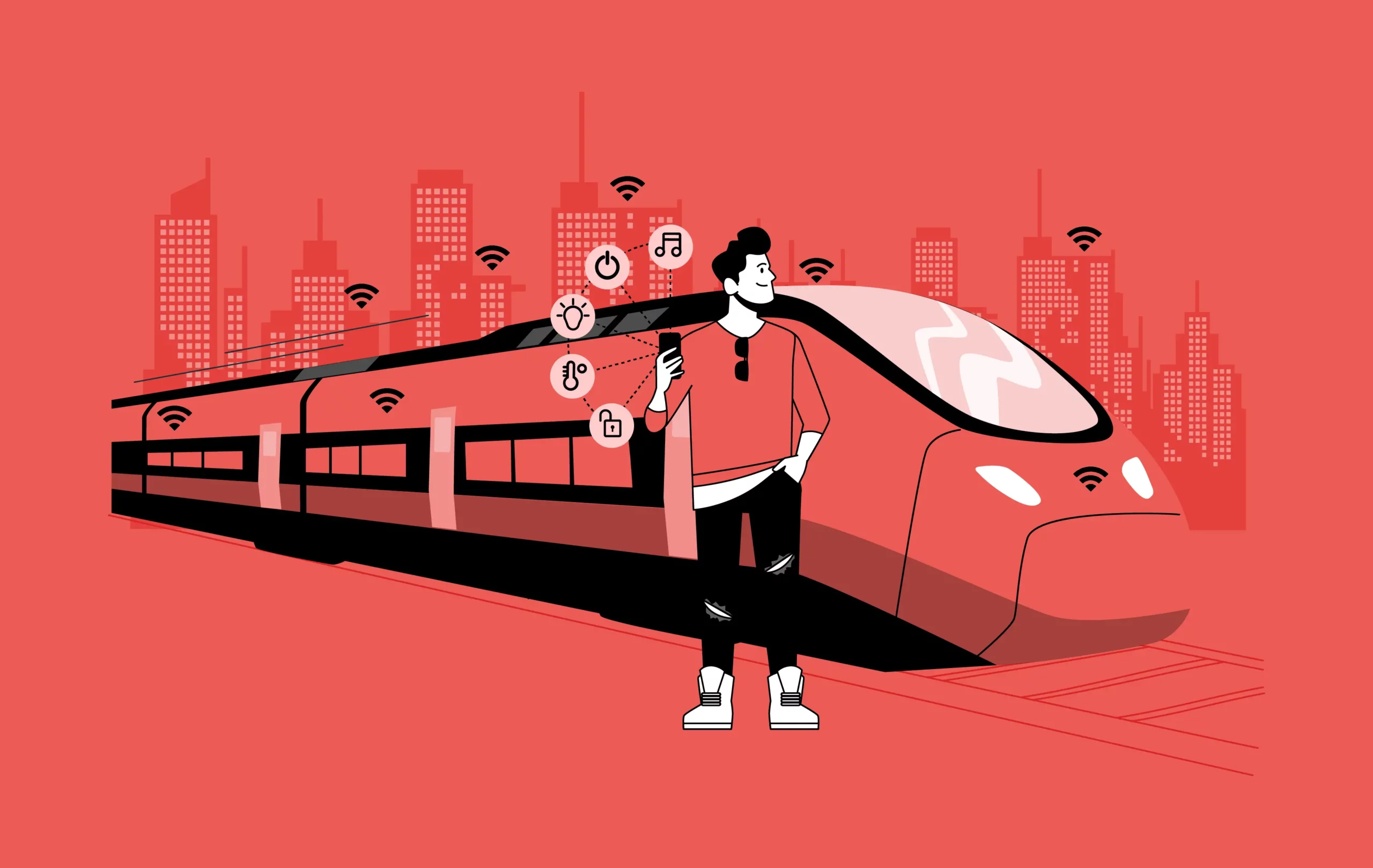
Smart Railways: IoT Revolution Reshaping Modern Train Travel and Operations
IoT technology is revolutionizing railway systems through smart connectivity and data-driven operations. Modern rail networks leverage sensors, automation, and analytics to enhance safety, efficiency, and passenger experience.
Key Technology Components:
- Automation and connectivity for scheduling and operations management
- Sensor networks for real-time monitoring and maintenance
- Cloud computing for secure data storage and accessibility
- Advanced analytics for pattern recognition and optimization
Primary Benefits and Applications:
- Improved Operations
- Real-time train tracking and schedule optimization
- Automated obstacle detection and safety systems
- Asset tracking for equipment and cargo
- Predictive maintenance using sensor data
- Enhanced Passenger Experience
- Prevention of overcrowding through passenger density monitoring
- Smart lighting systems for optimal station ambience
- Controlled ambient conditions for comfort
- Improved air quality management
- Safety and Security
- Track condition monitoring
- Early warning systems for potential hazards
- Real-time surveillance and security monitoring
- Emergency response coordination
Real-World Implementation Examples:
- Network Rail's Intelligent Infrastructure Programme utilizes predictive maintenance
- East Japan Railway Company employs condition-based maintenance
- VicTrack monitors bridge structural health through IoT sensors
- Dutch Railway Network implements smart stations with passenger tracking
Market Outlook: The smart railways sector is projected to reach $43 billion by 2027, driven by increasing adoption of IoT solutions and demand for efficient transportation systems.

Man by modern passenger train
Success in implementing IoT railway solutions requires:
- Robust hardware infrastructure
- Secure connectivity systems
- Real-time data processing capabilities
- Collaboration between government and technology providers
